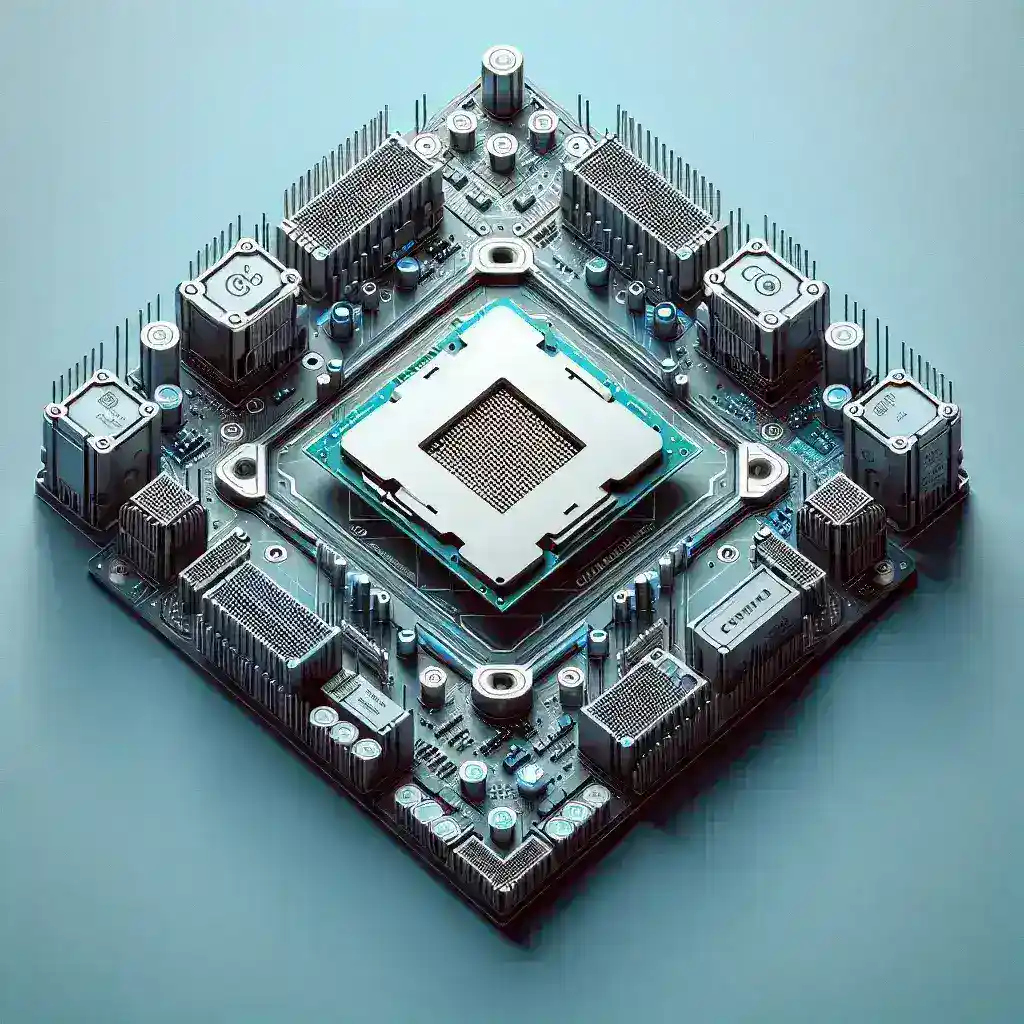Introduction
The rapid pace of technological advancement means that computer hardware, especially CPUs, is constantly evolving. For enthusiasts and professionals alike, keeping up with these changes can be a daunting task. Enter modular motherboards—a revolutionary solution aimed at simplifying the process of upgrading CPU generations without necessitating a complete system overhaul. In this article, we will delve into how modular motherboards function, their benefits, and the future of this promising technology.
The Concept of Modular Motherboards
Modular motherboards are designed with flexibility in mind. Unlike traditional motherboards, which often become obsolete as new CPU generations are released, modular designs allow users to upgrade specific components without having to replace the entire motherboard. This innovation is akin to building a custom computer over time, where users can selectively upgrade parts as needed.
The Core Components
- CPU Socket: The heart of any motherboard, the CPU socket on a modular board can be easily adapted to accommodate new CPU generations.
- Memory Slots: Modular motherboards often feature multiple memory slots that can support various RAM types, allowing for upgrades as needed.
- Expansion Slots: These are used for additional graphics cards, sound cards, and other peripherals, ensuring that users can enhance their systems based on current needs.
- Power Connectors: Designed to support a variety of power supplies, these connectors can adapt as hardware requirements change.
Historical Context
The traditional approach to motherboards has been static; once a motherboard was installed, it was typically used until the entire system was outdated. The concept of modularity in computing, however, has roots dating back to the early days of personal computing. The rise of modular systems in the late 1990s and early 2000s allowed users to upgrade specific components more easily. Yet, it wasn’t until recent advancements in technology that modular motherboards became a practical reality.
Emergence of Modular Design
As technology matured, the concept of modularity gained traction. Companies began experimenting with modular designs that allowed for easier upgrades. Early models were often bulky and complicated, but as manufacturing processes improved, a new wave of sleek, efficient modular motherboards emerged.
Benefits of Modular Motherboards
1. Cost-Effectiveness
One of the most significant advantages of modular motherboards is their cost-effectiveness. Instead of investing in an entirely new system when a CPU upgrade becomes necessary, users can simply replace the CPU socket or other components. This approach drastically reduces the overall cost of maintaining a high-performance system.
2. Simplified Upgrades
For many users, the upgrade process can be a daunting task. Modular motherboards simplify this process, allowing even novice users to perform upgrades without requiring extensive technical knowledge. Clear labeling and user-friendly designs mean that replacing a CPU can become a straightforward task.
3. Future-Proofing
In a world where technology evolves at breakneck speed, future-proofing is essential. Modular motherboards enable users to invest in the latest technology without needing to replace their entire motherboard. As new CPU generations are released, individuals can easily swap out older components for newer ones, ensuring their systems remain cutting-edge.
4. Enhanced Performance
The ability to upgrade individual components leads to better overall system performance. Users can tailor their systems to their specific needs, whether focusing on gaming, graphic design, or data analysis. This customization allows for optimal performance based on current software and applications.
Potential Drawbacks
1. Compatibility Issues
While modular motherboards offer numerous advantages, compatibility can sometimes be an issue. Users must ensure that new CPUs, memory, and other components are compatible with their motherboard’s architecture. Staying informed about compatibility is crucial for a seamless upgrade experience.
2. Complexity for Advanced Users
For advanced users, the modular design might introduce additional considerations. Customizing and fine-tuning a modular system can require more knowledge than simply replacing a traditional motherboard. This complexity may deter some users who prefer a straightforward upgrade process.
Real-World Examples
Several companies have embraced the modular motherboard concept, showcasing its potential. One notable example is Intel’s NUC (Next Unit of Computing) series, which allows users to upgrade components while maintaining a compact design. Similarly, Asus has introduced modular motherboards that support various CPU types, enabling users to switch between different generations with ease.
Future Predictions
Adaptability
The future of modular motherboards looks promising. As technology continues to evolve, we can expect to see even more adaptable designs that accommodate upcoming CPU generations. Manufacturers are likely to prioritize compatibility and upgrade paths, ensuring that users can seamlessly transition to new technologies.
Enhanced Performance Features
Future modular motherboards will also likely incorporate advanced features to enhance performance, such as improved cooling solutions and integrated AI for system optimization. These innovations will further streamline the upgrade process while maximizing performance.
Conclusion
Modular motherboards represent a significant leap forward in the world of computing. By allowing users to update CPU generations without the need for a complete system overhaul, these innovative designs empower users to tailor their systems to their unique needs. As technology continues to advance, the adaptability of modular motherboards will ensure that they remain relevant for years to come. Whether you are a casual user or a professional, modular motherboards offer a pathway to a more sustainable and cost-effective computing experience.

